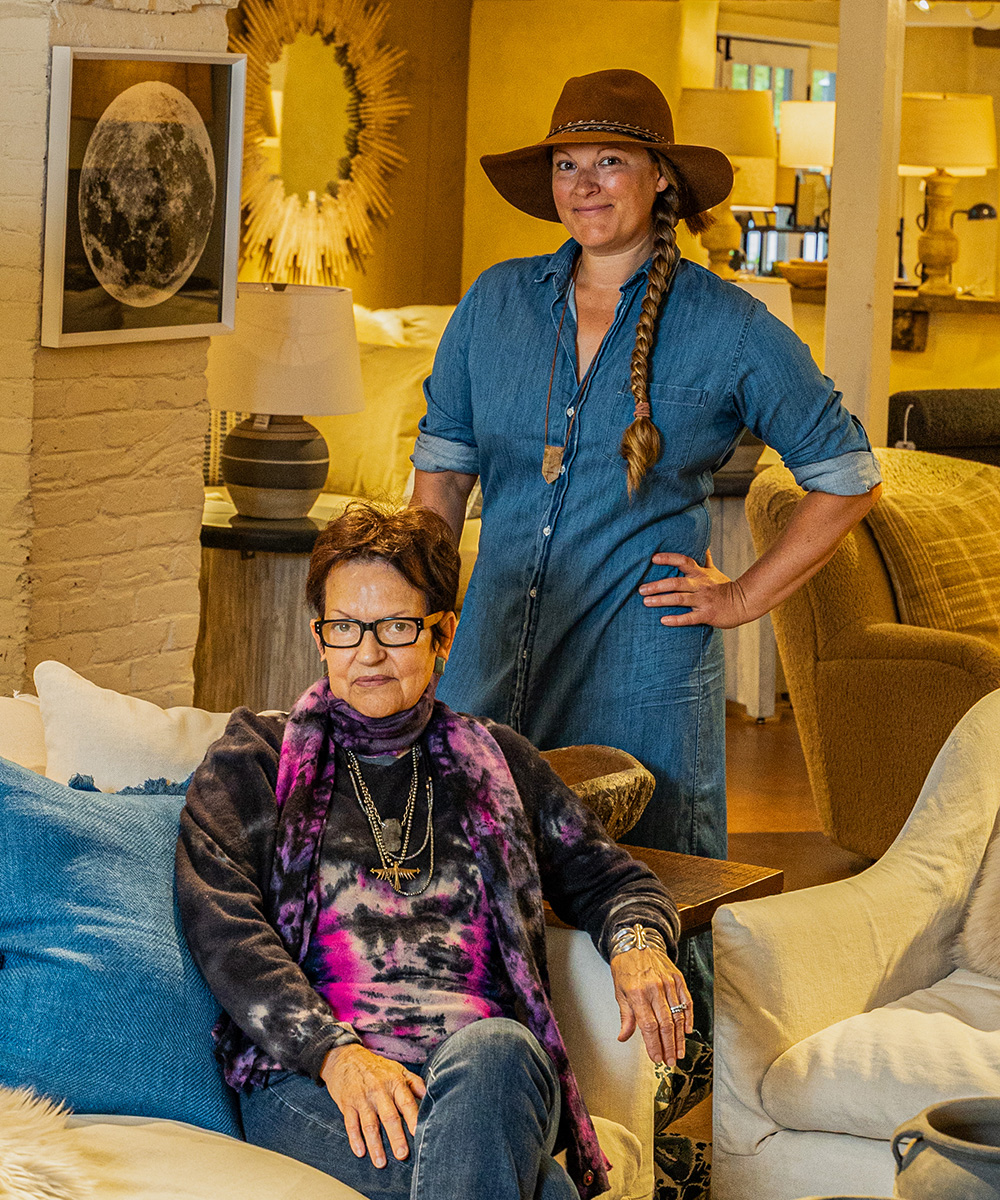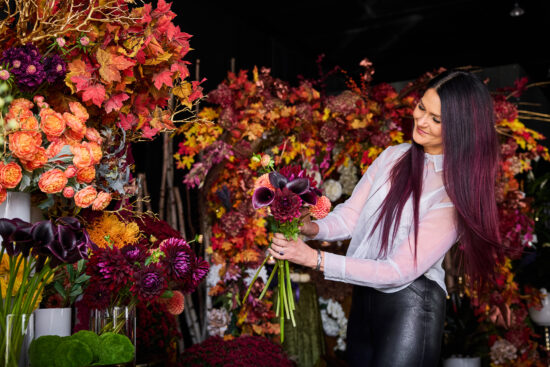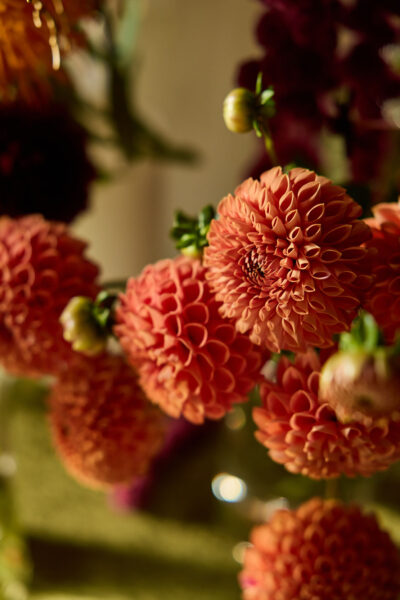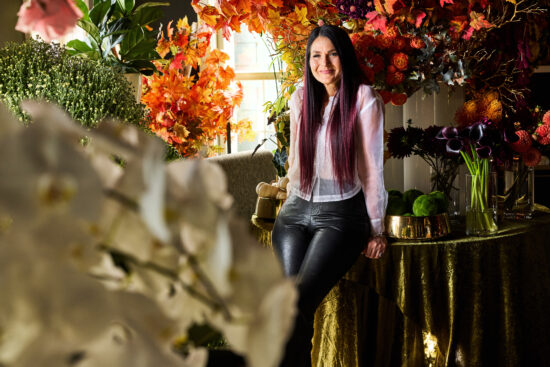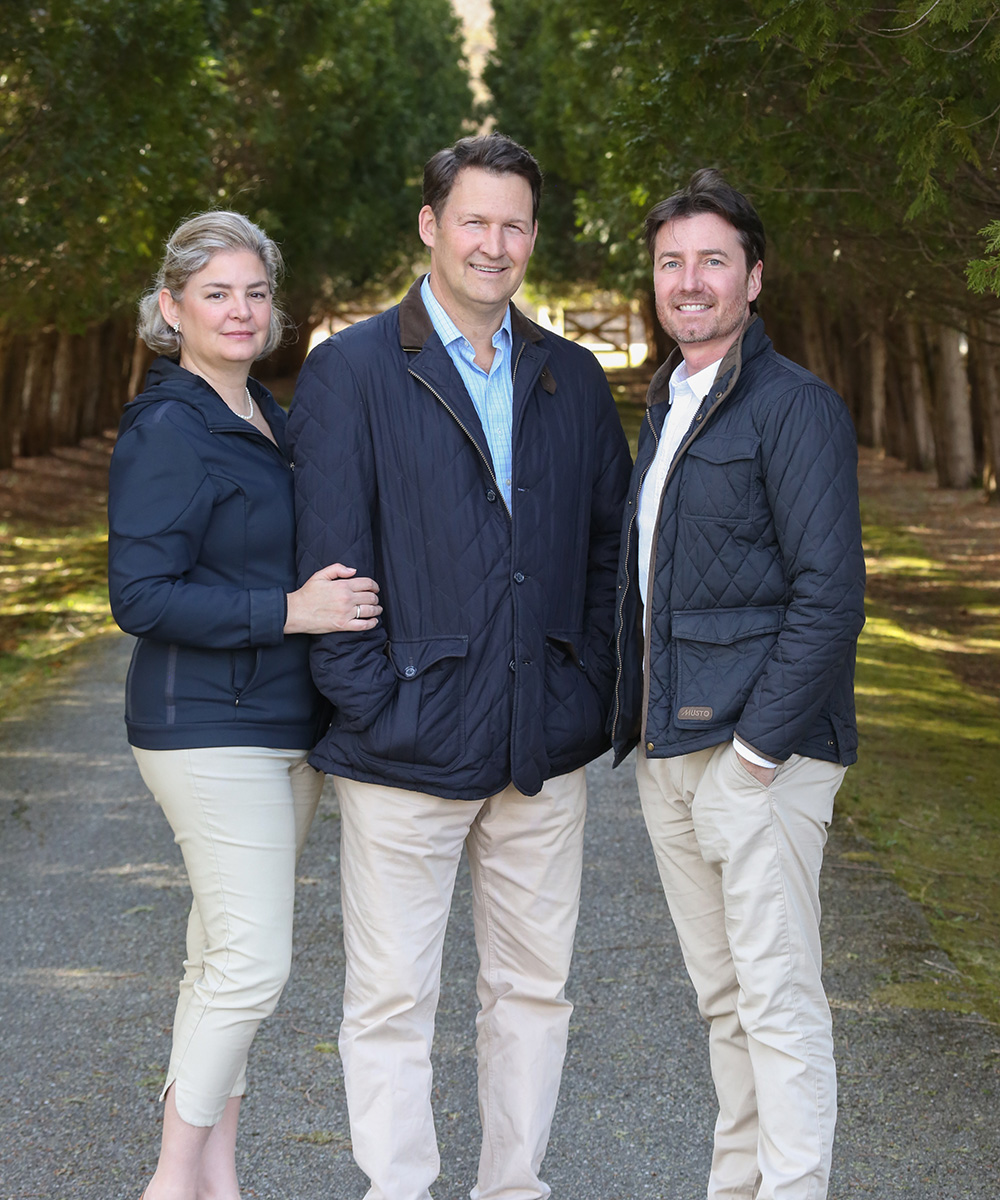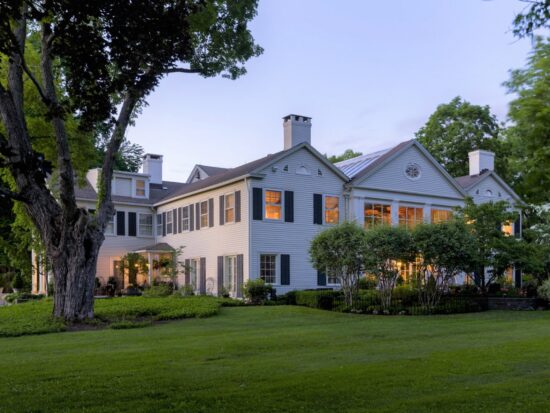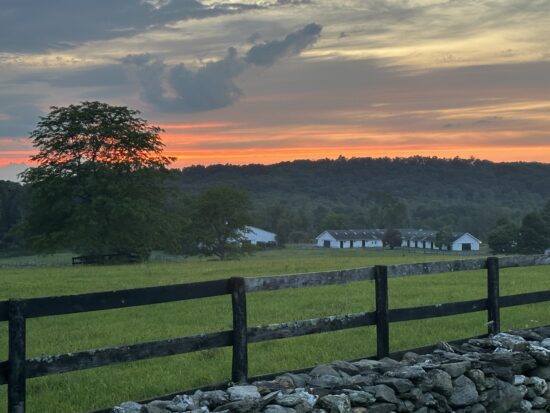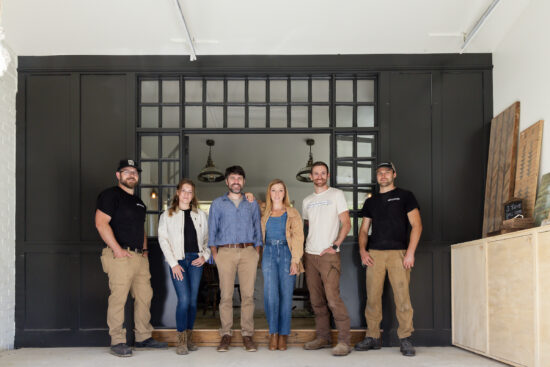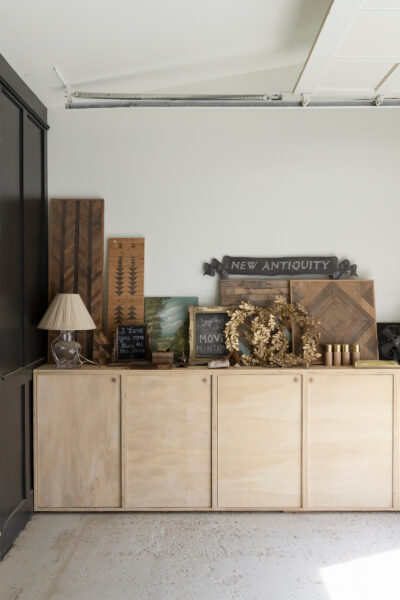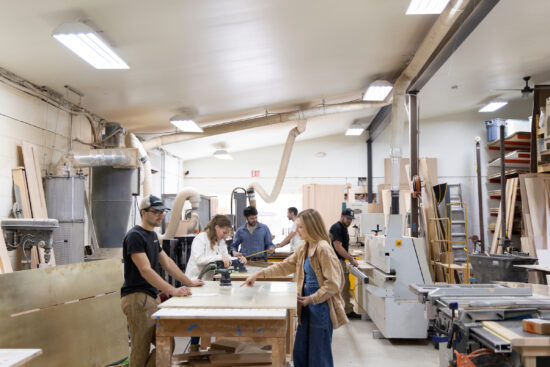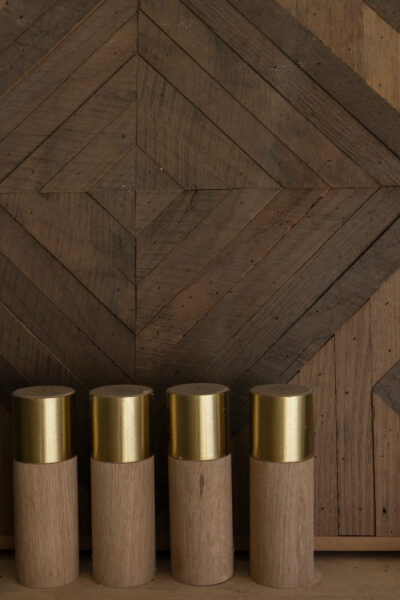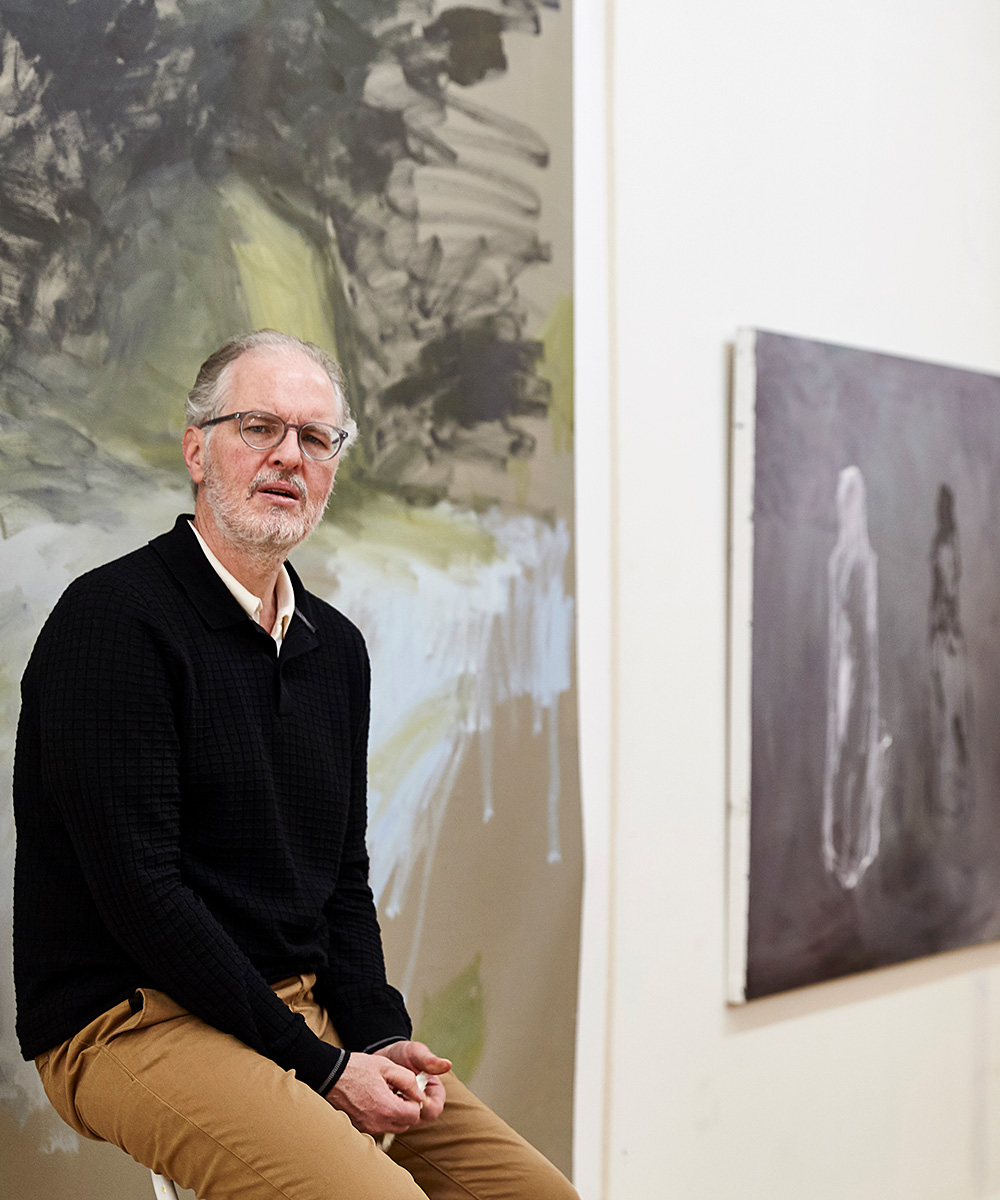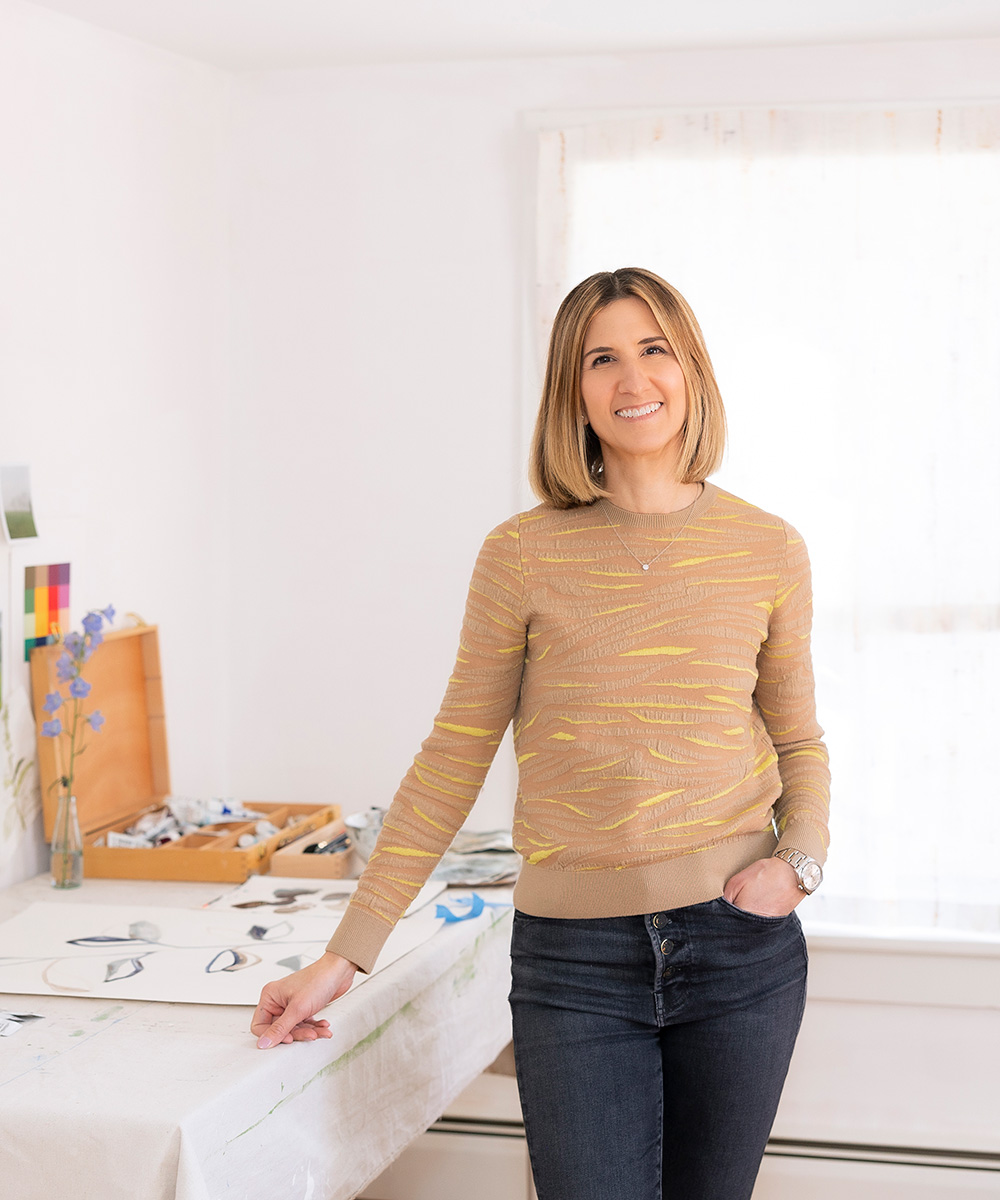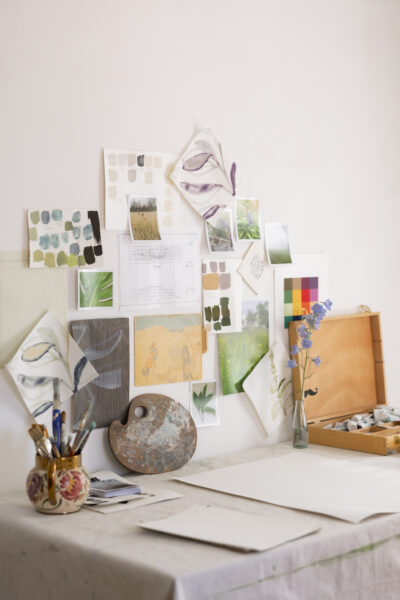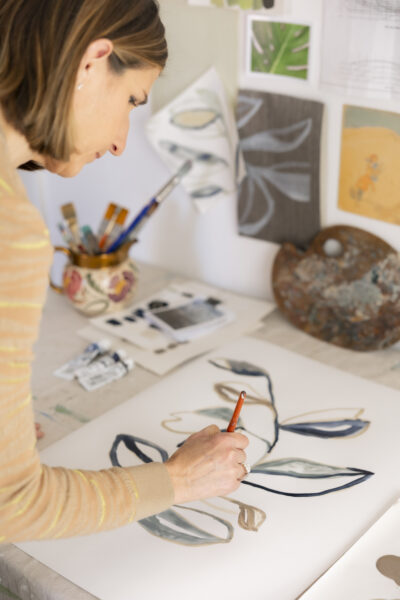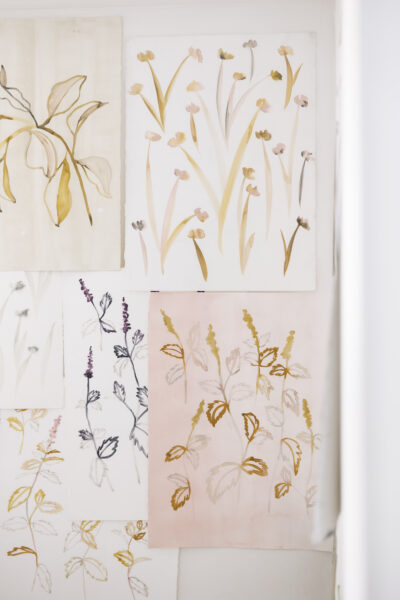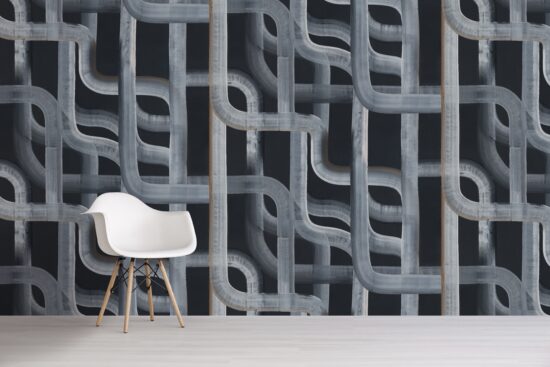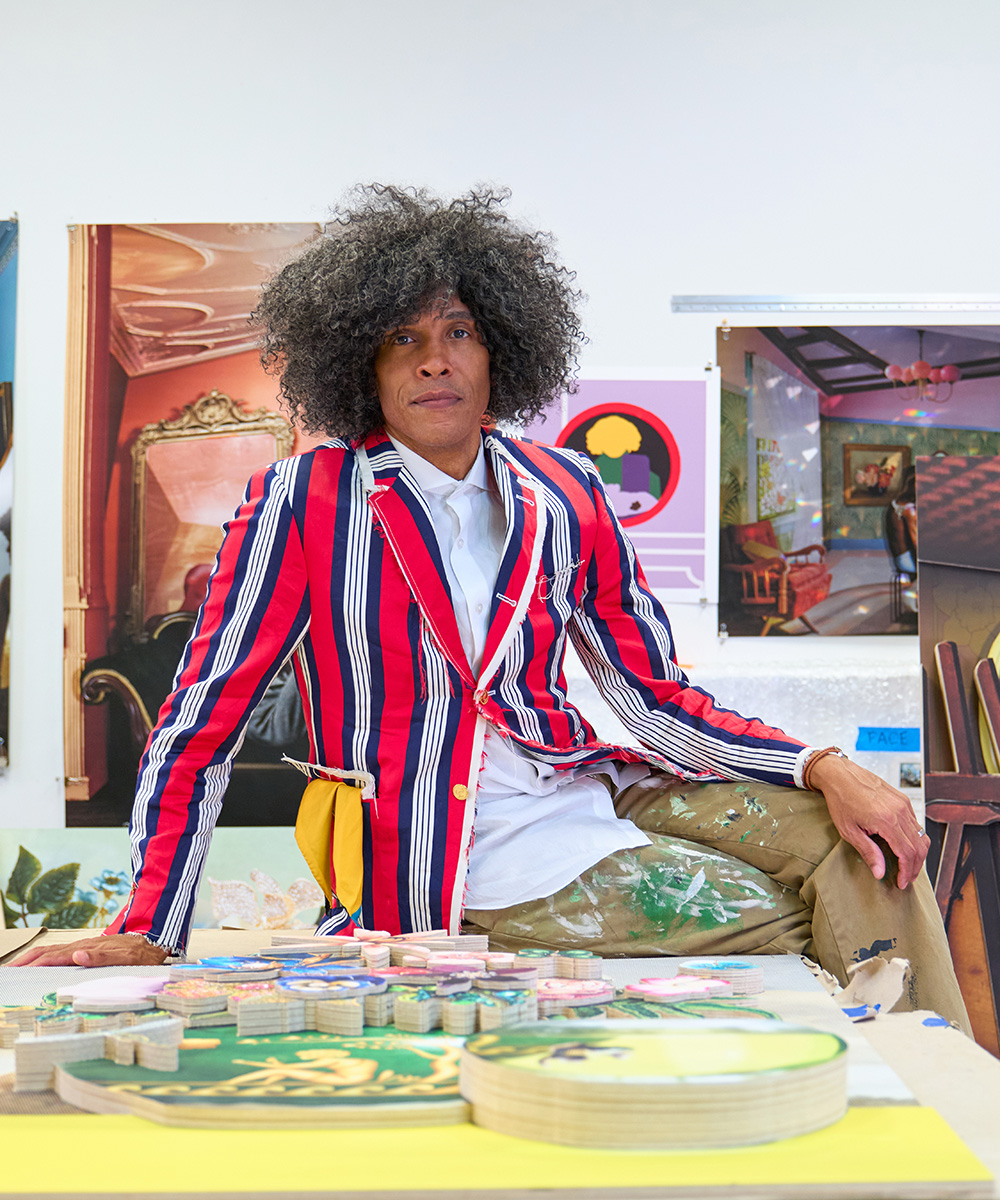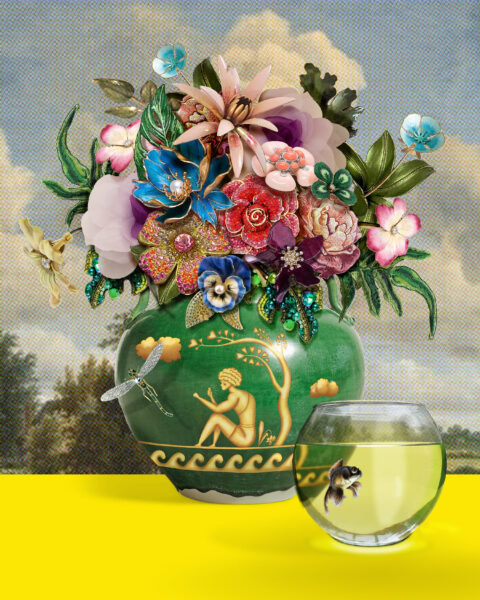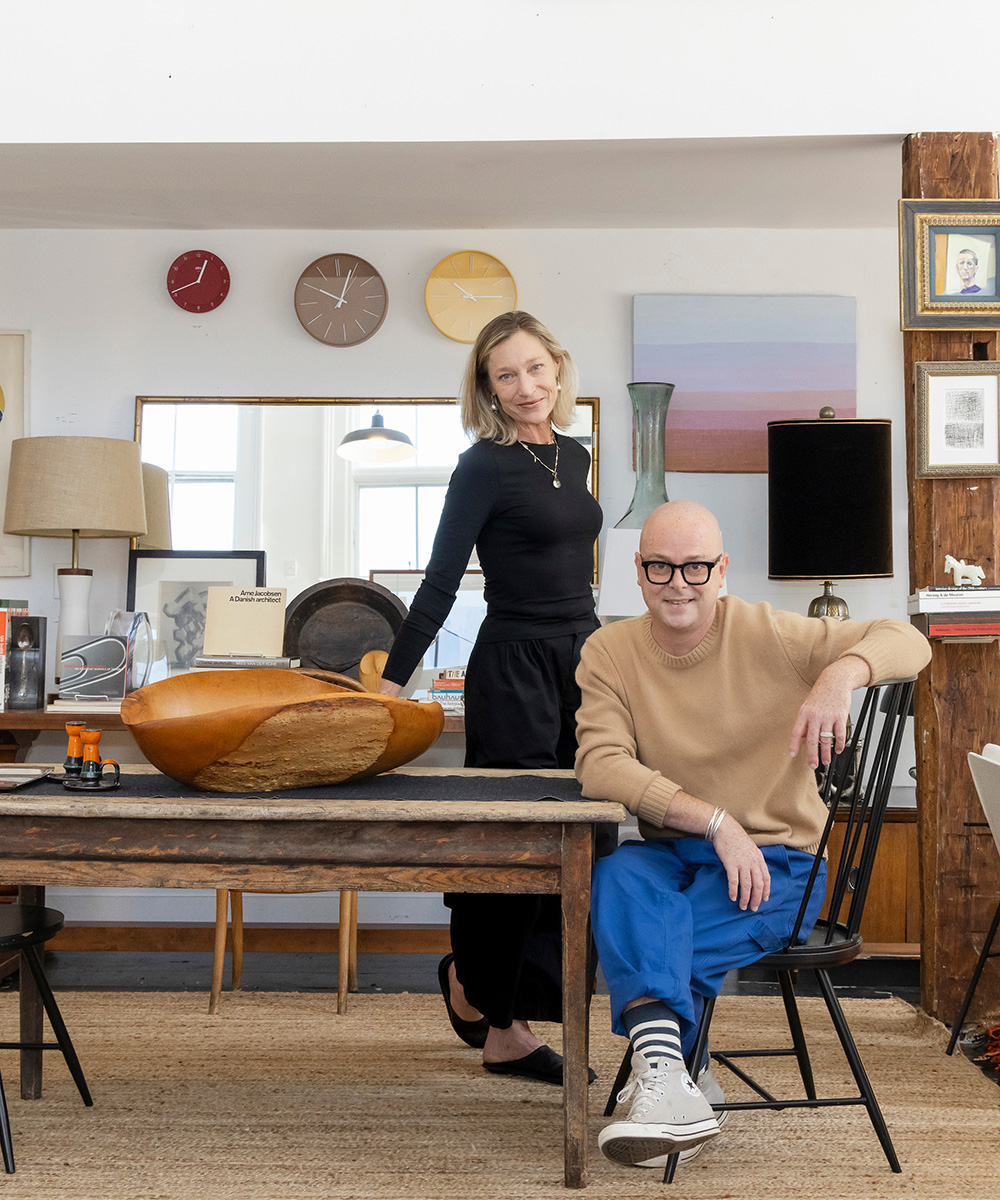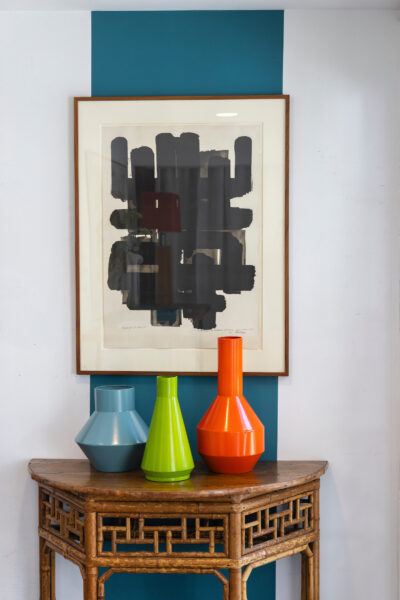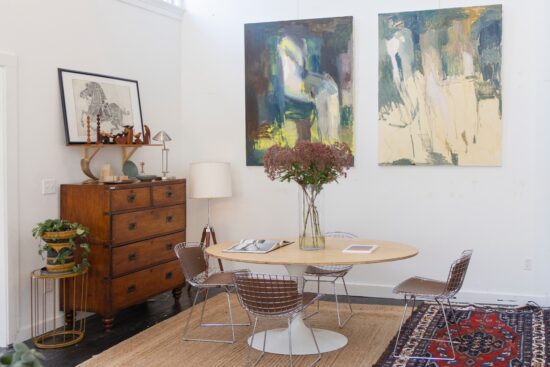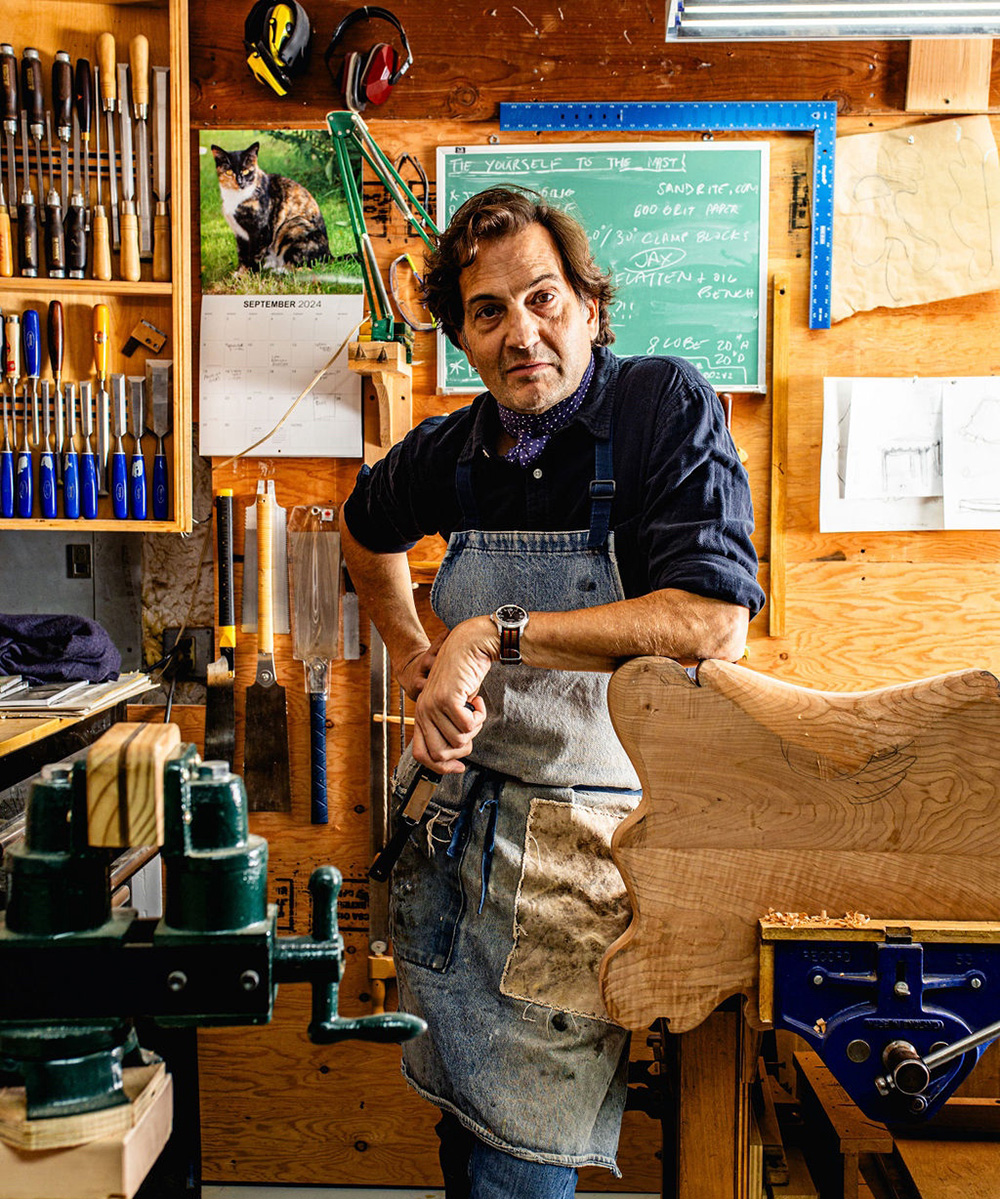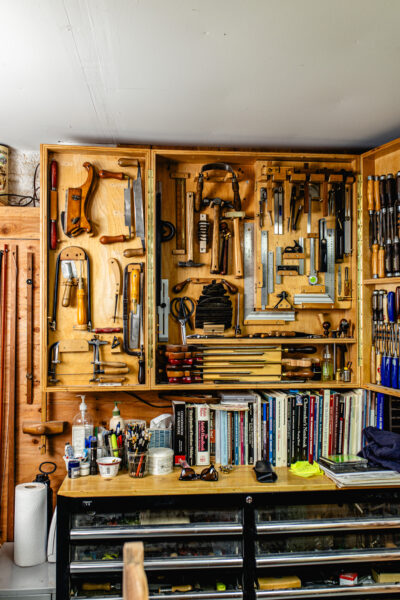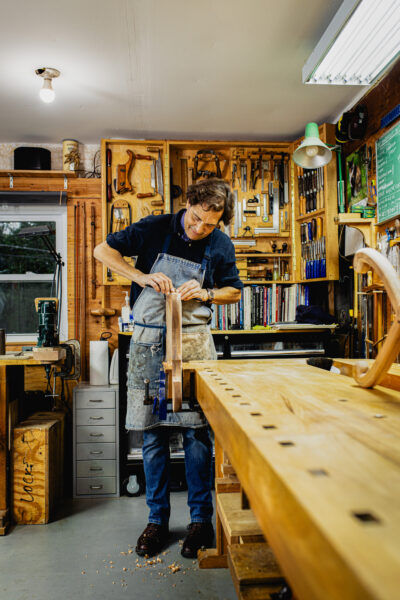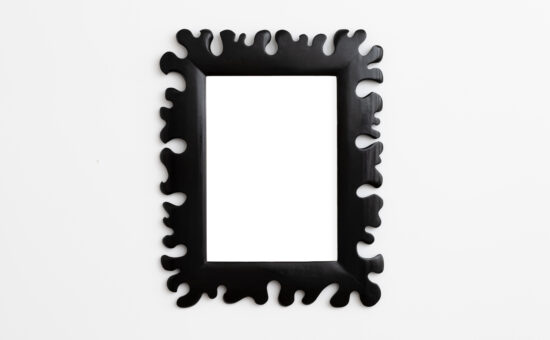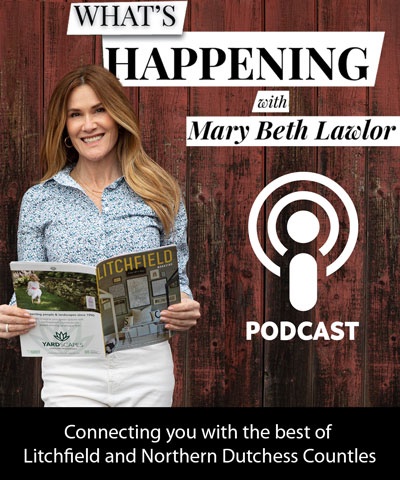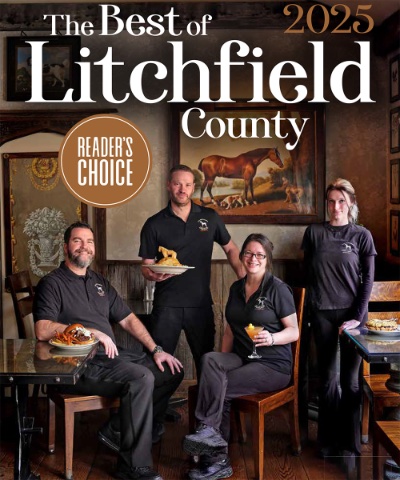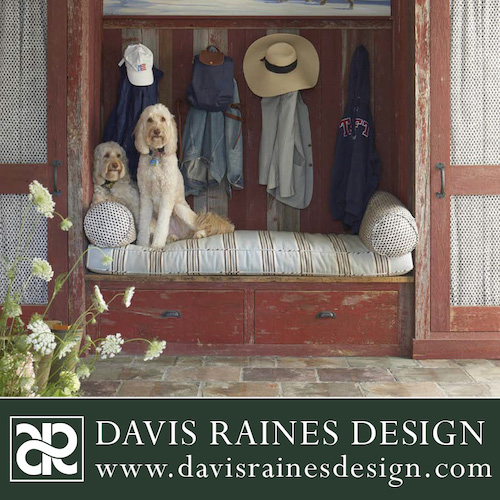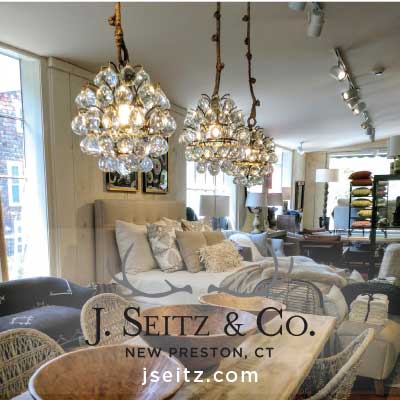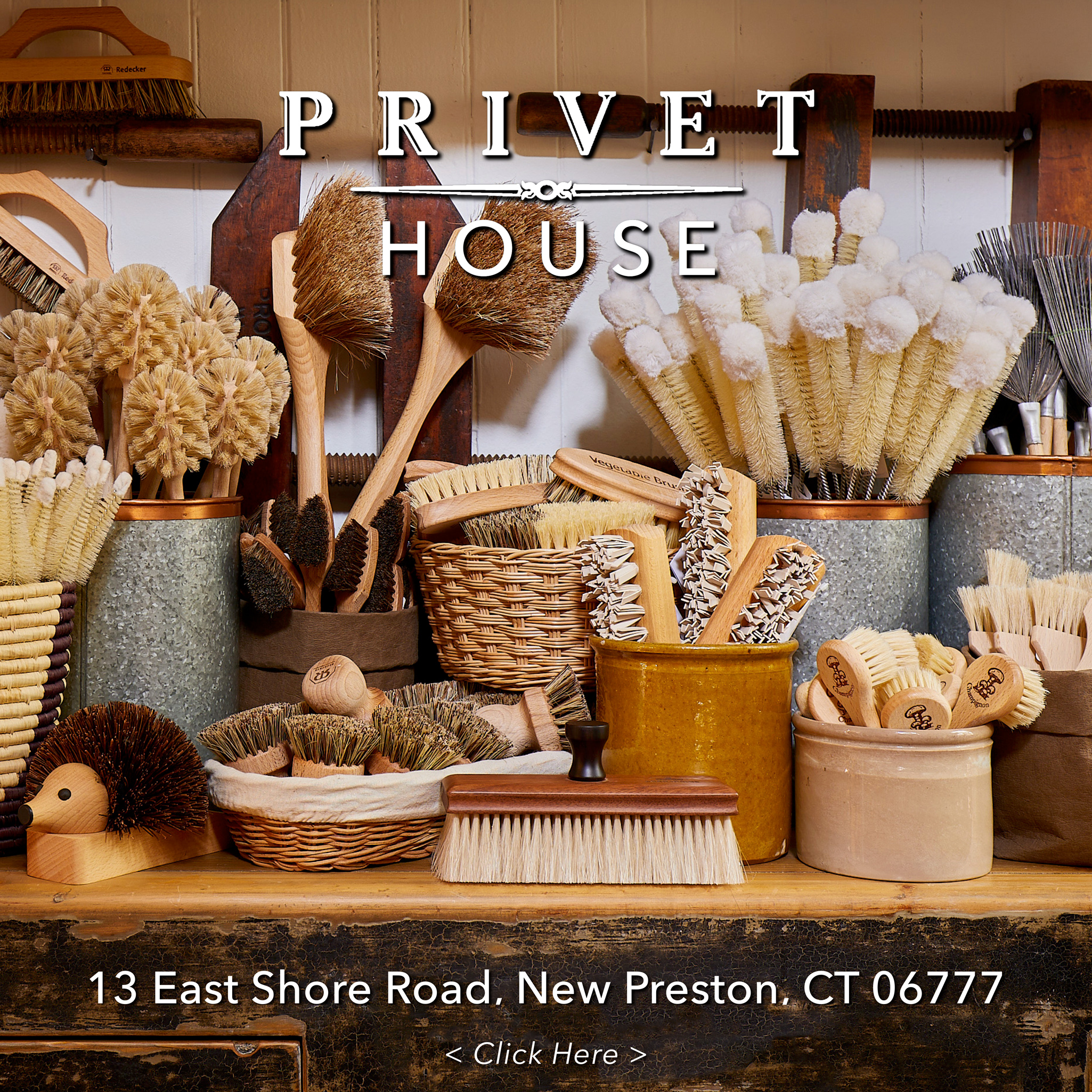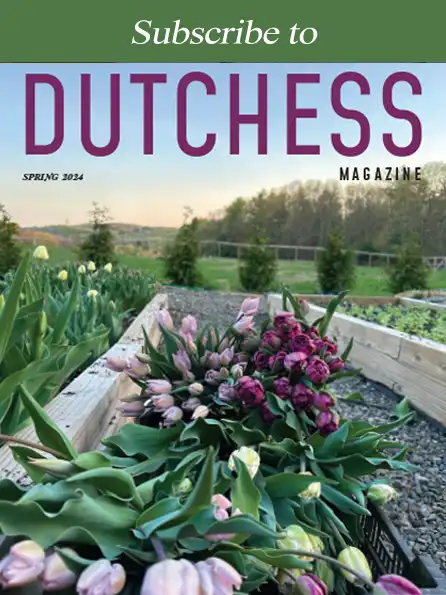J. Seitz, a family-run design store in New Preston, CT, is led by mother-daughter duo Joanna and Amanda Seitz. Offering sustainable, artisan-made home goods, furniture, and fashion, the store blends timeless charm with modern touches, remaining a beloved destination for high-quality, distinctive products.
- How has the HomeGoods and furniture industry evolved over the past 30 years?
The market has become more homogenized over time, with chain stores dominating and small, creative, owner-operated shops becoming less prevalent. The same applies to products and furniture. It takes more effort now to find distinctive merchandise, but we’ve maintained our commitment to sourcing unique, artisan-made goods that offer our customers something truly special. - What brought you to Litchfield County, and how has it influenced your business?
We bought a home here 45 years ago to escape the hustle of Manhattan and suburban Connecticut. The natural beauty of Litchfield County, particularly Washington, immediately captivated us, and we restored an old farmhouse. This area has greatly influenced our business philosophy. It inspires our commitment to sustainability and our love for creating warm, inviting spaces that mirror the beauty of the surrounding environment. - Can you share a memorable moment or experience from your decades in business? One memorable moment was when Jane Fonda visited the shop and pointed to an eccentrically dressed client from the lake, asking, “Is she someone famous?” Also, getting hugs from rock stars is always fun!
- How do you stay current with trends while maintaining your store’s unique identity?
We balance trends with timeless appeal, evolving while maintaining sustainable, high-quality pieces that keep clients returning. - What do you believe has contributed most to the longevity of your store?
Our client-driven philosophy has been crucial. We treat everyone who walks through the door with friendliness, honesty, and respect. This, combined with our dedication to sourcing artisan-made and sustainable goods, has built a loyal clientele who appreciate our commitment to quality. Many of our customers have been shopping with us for years, and we’ve even dressed and furnished the homes of three generations! - How do you curate the selection of items you sell, and what role does sustainability play in that process?
We curate with care, always seeking products that are distinctive, sustainable, and high-quality. Sustainability has always been at the core of our philosophy, long before it became a buzzword. Whether it’s furniture, apparel, or apothecary items, we prioritize safety and eco-friendliness. We’ve received accolades from organizations like the Sustainable Furniture Council, and we continue to ensure that the items we offer are as kind to the environment as they are to our clients. - Have customer habits shifted with the rise of online retail?
While many shop online, we’ve been fortunate to maintain a loyal customer base. People keep coming back, bringing their families and friends. Most of our interior design projects come through referrals, and some have been featured in national magazines, which generates further interest. Our clients appreciate the personal touch that online retail just can’t provide. - What do you love most about owning and running J. Seitz?
The people. Meeting incredible clients, staff, vendors, and artists keeps us passionate, making the human connection the most rewarding.





